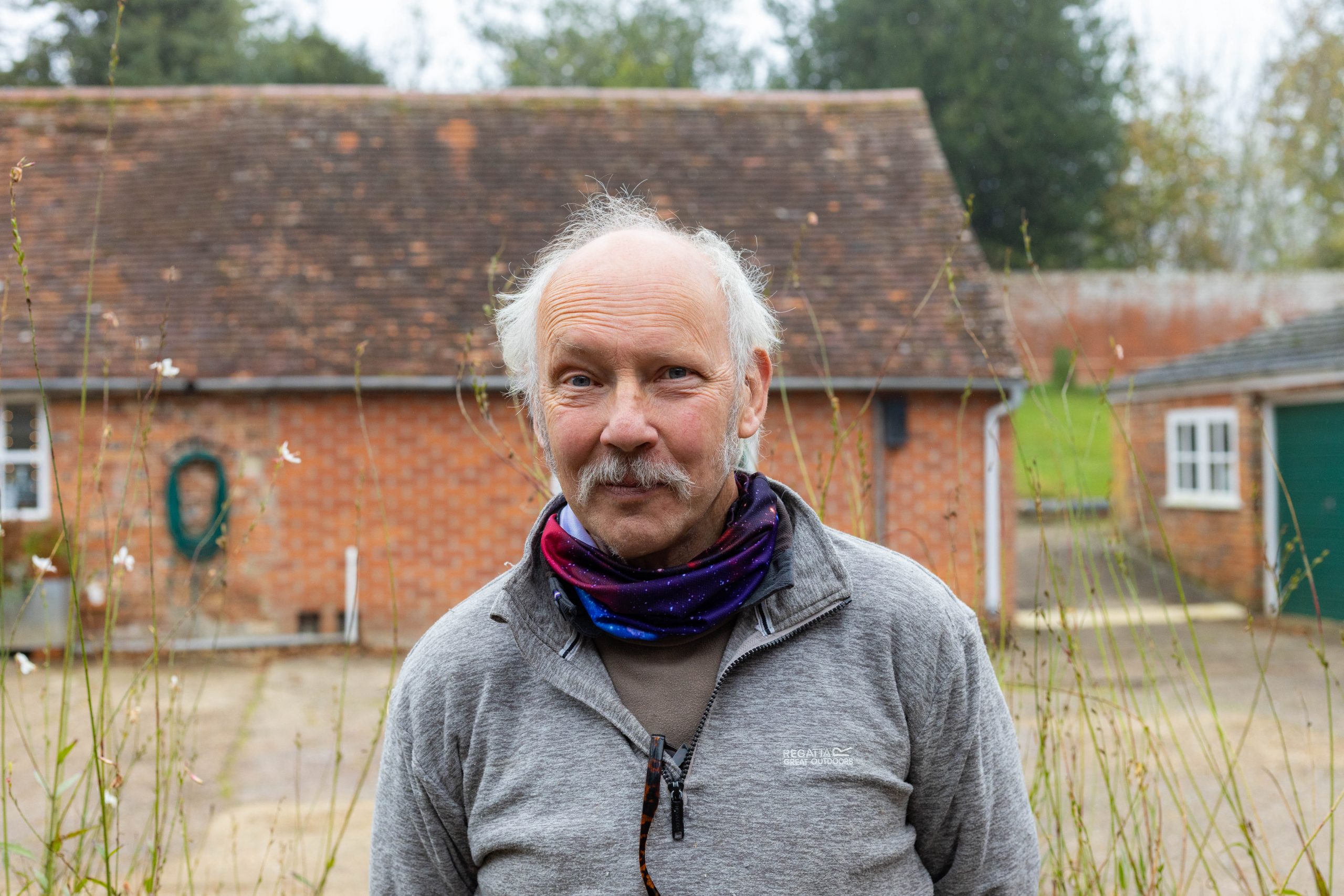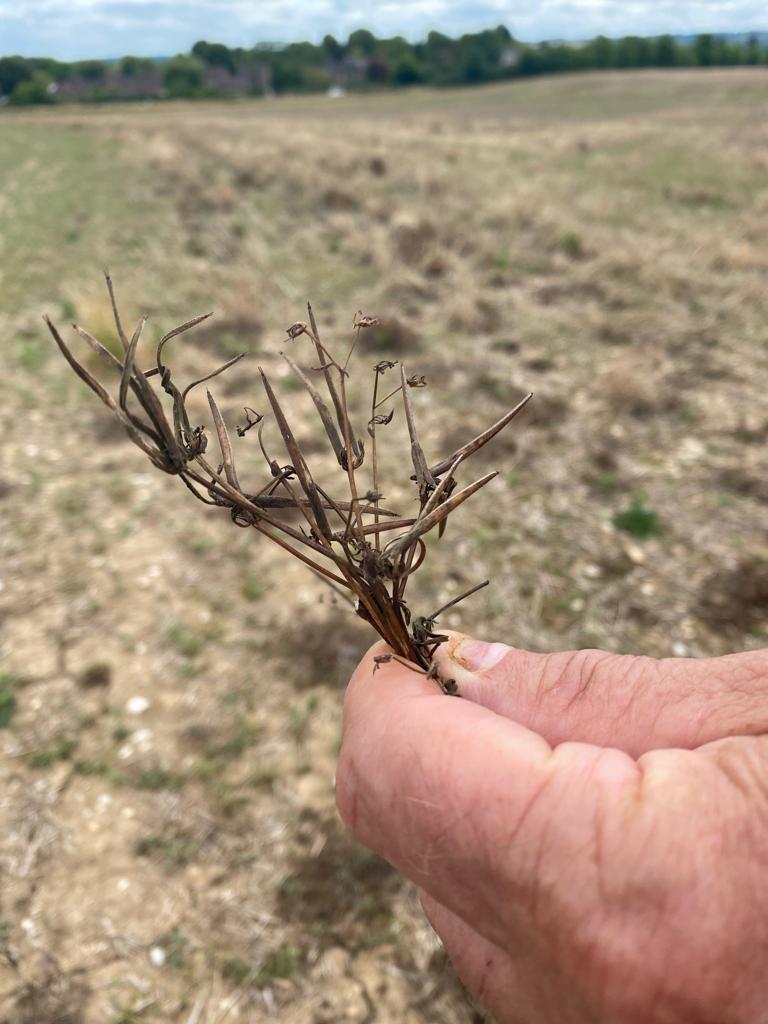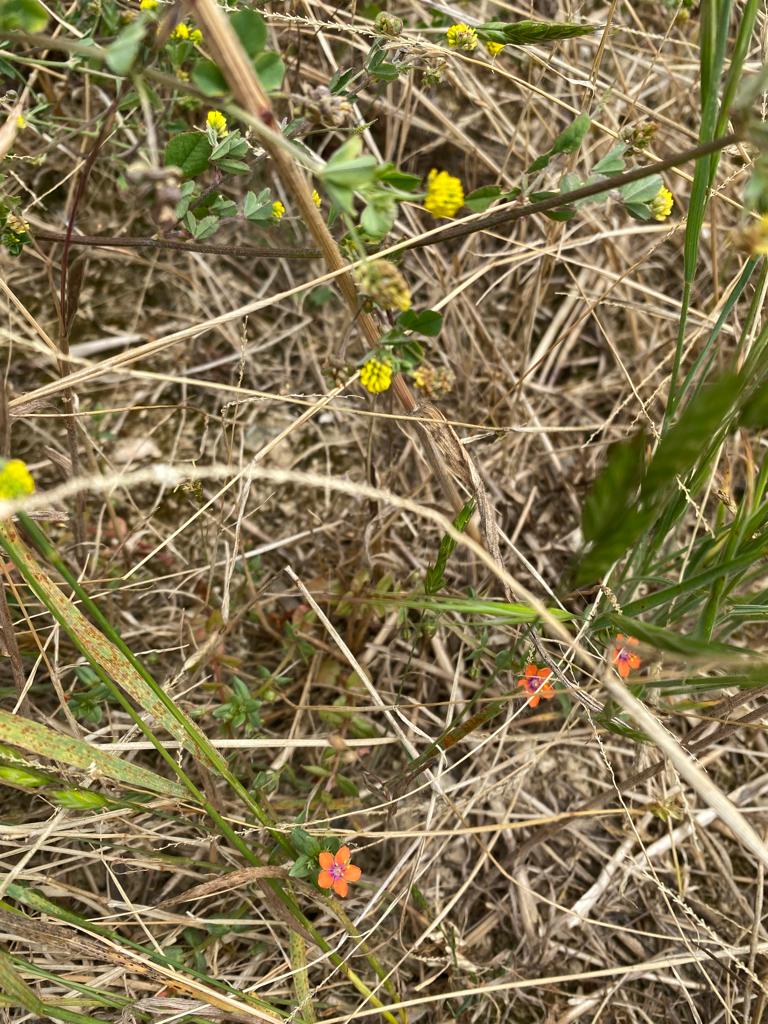Understanding the Manydown landscape
The land between Basingstoke and Salisbury is one of the most important in the UK for arable plants, including Manydown.
For the past 35 years, Dr Phil Wilson has been working at Manydown, studying the ecology of the farmland and its relationship to farming practices. He has a deep understanding of the landscape, its plants and wildlife. This is why we are working with him and other experts to ensure the development will enhance habitats across the site including the arable fields, ancient woodland and hedgerows.
Dr Wilson first came to Manydown in 1986 with the Game Conservancy (now called the Game and Wildlife Conservation Trust) as part of a team investigating the declines of grey partridge, how it was linked to farmland ecology, and devise ways in which the arable land could be managed to benefit biodiversity.
This led to his PhD looking at the ecological and management factors that had led to the changes in the UK’s arable flora, including the disappearance of many species, and the rise of some others.
Since then, Dr Wilson has carried out extensive surveys of the woodlands and arable land across the estate and has started collecting the seed of the rarer species found at Manydown.
It is this wealth of local knowledge that will help us ensure biodiversity is fully considered across the project and that the development protects and enhances the flora and fauna of the area.

Seed collection
Dr Wilson started the seed collection programme in 2015 and has been working together with the Manydown Partnership to continue this important activity. So far, more than 100,000 seeds from 20 different species have been collected including Stinking Mayweed, Small Toadflax, Field Madder and Prickly Poppy. The rarest seed collected so far is from Shepherd’s needle. The seeds are being stored at the millennium seed bank at Kew Gardens and will be used to establish the arable plant reserve in the new countryside park at Manydown.
“The arable fields of Europe were once home to a wide diversity of plants and animals which lived alongside the crops. But because of changes in farmland management from the mid-19th century the biodiversity of arable land has become impoverished and once very common species of plants and animals have been lost. In some places however, relics of the traditional arable flora have survived, and these form important reservoirs which we can use to re-establish them with the help of environmentally-friendly farming methods. Manydown is one of these areas with an extremely rich and well-studied flora."
Dr Phil Wilson, Botanist and Vegetation Ecologist Tweet


"The new countryside park that will be established as part of the development will create lots of exciting ecological opportunities. It will be great to have a dedicated area of several acres where the rare arable species can be grown under ideal conditions, perhaps using the examples of crop rotations as practiced in the past with traditional cereal cultivars. This will be of benefit not only to the plants, but also to the other organisms associated with farmland. It will also offer an excellent opportunity for education and interpretation, as well as general amenity and recreation."
Dr Phil Wilson, Botanist and Vegetation Ecologist Tweet
In order to cultivate the expansive areas of wildflowers we want to see at Manydown, a sowing rate of between 25 and 100 seeds per square metre is recommended, so large numbers of seed are required for each species.
“It can be quite a challenge to collect seeds,” Dr Wilson said. “The great majority of plant species which grow alongside arable crops are annuals, growing from seed to flowering in a few months with life-cycles that coincide with those of the sown crops. Timing is critical, not all species appear every year, numbers of plants can be small, and until now, their survival has depended on chance within the context of a commercial farming enterprise.
“There are a few places in the UK where arable plants are managed in sites created from translocated seed. However, the countryside park at Manydown is a pioneering project where a species-rich arable flora could be translocated on a large scale. It is exciting to see what the future holds for the development.”

